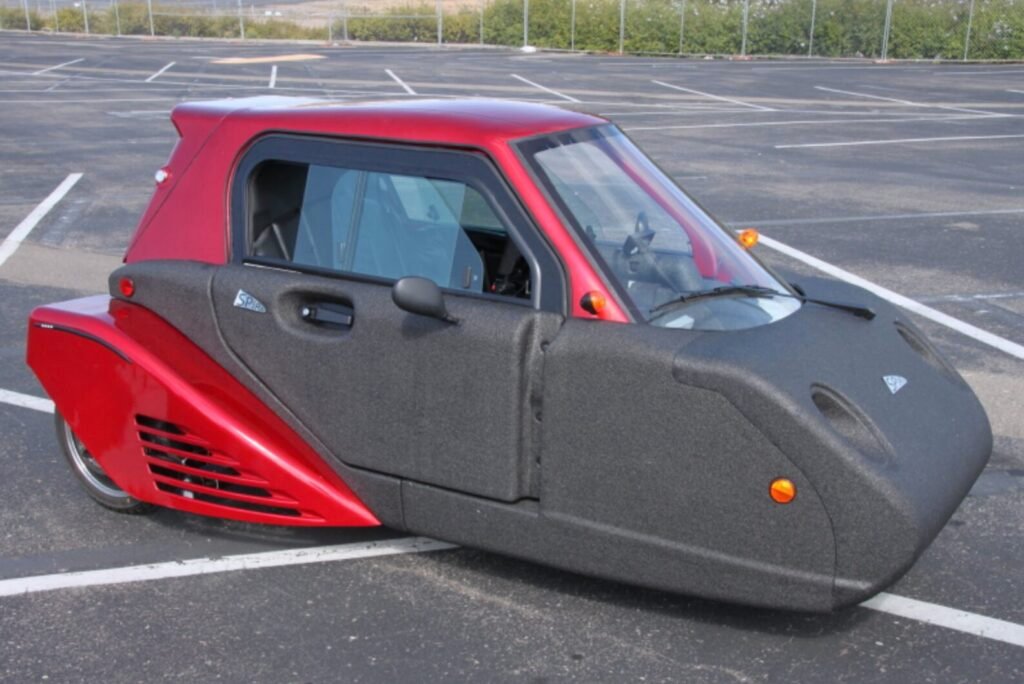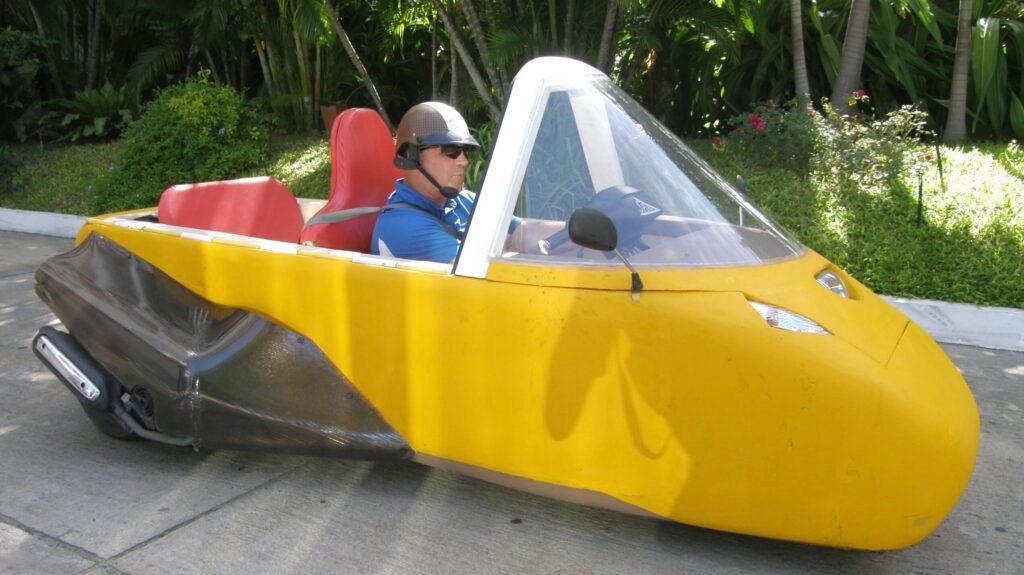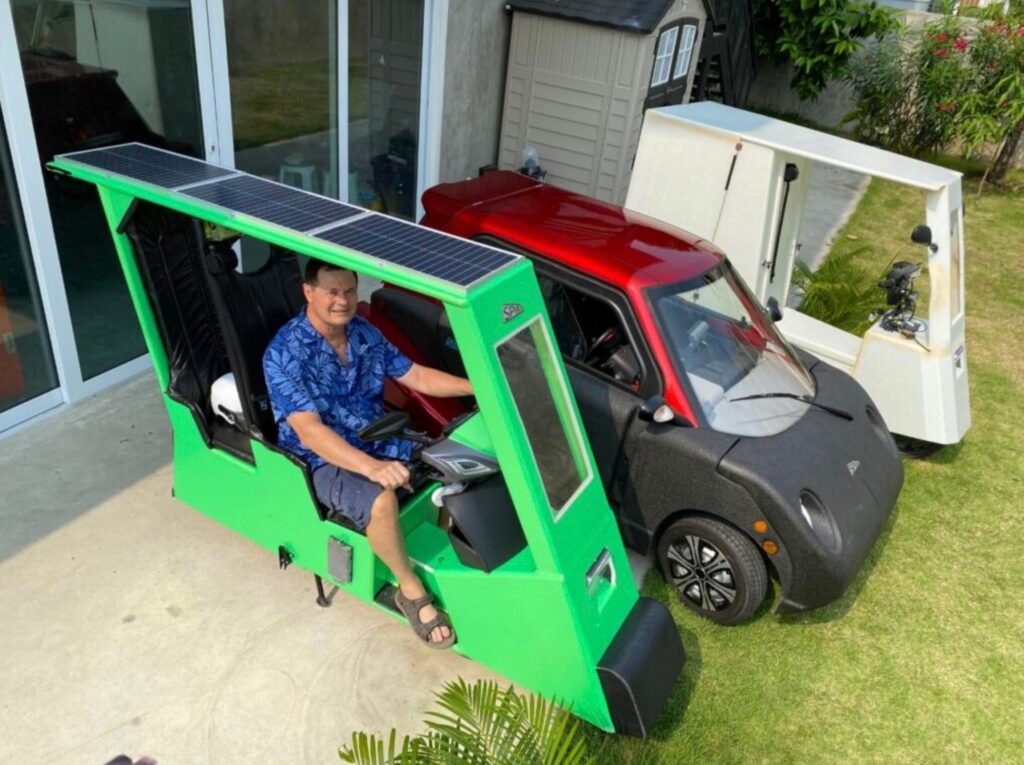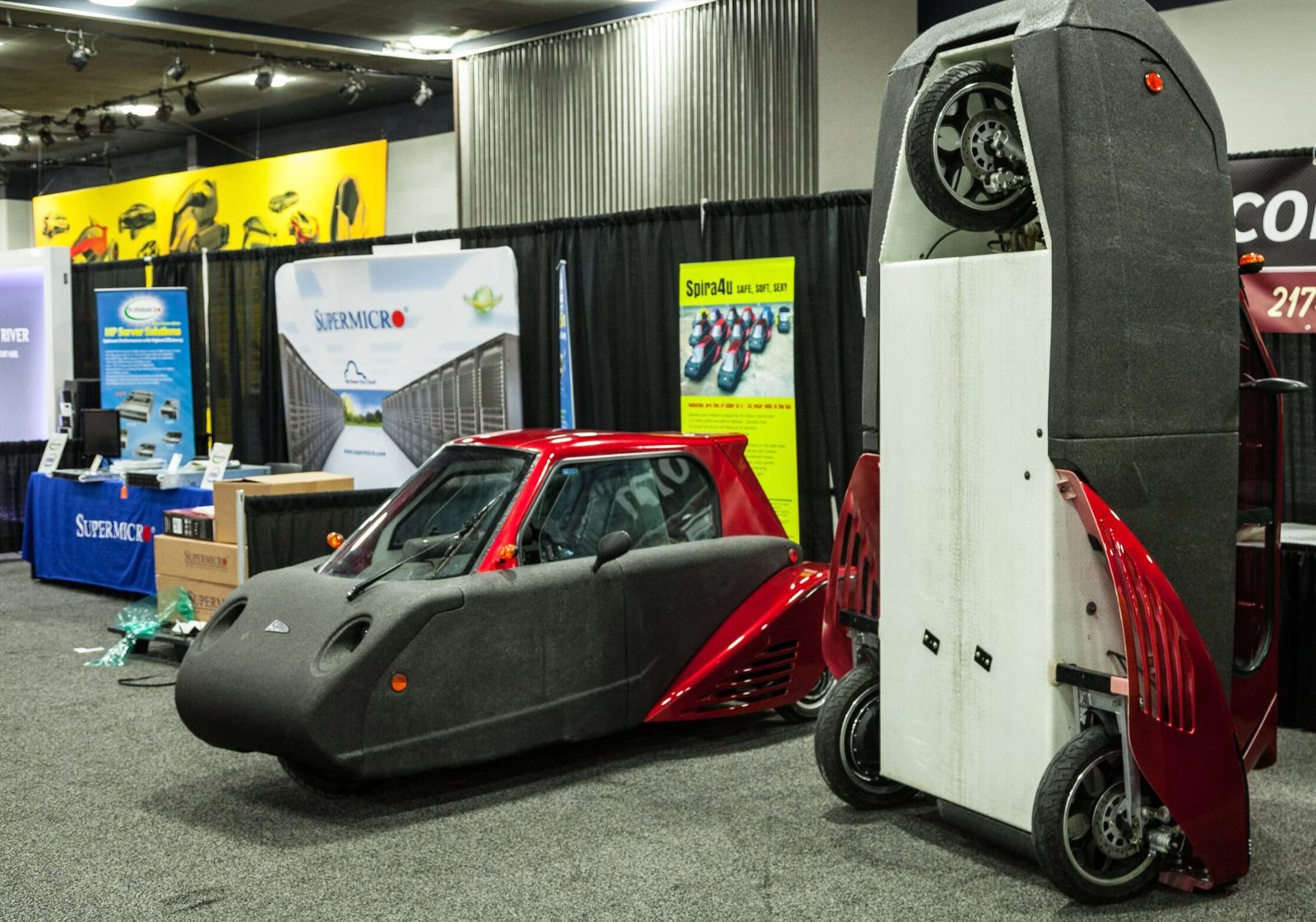Spira Electric Car, As cities evolve and environmental challenges intensify, the global push toward sustainable transportation becomes increasingly urgent. One innovation making waves in this space is the Spira electric car—a compact, lightweight, and eco-conscious electric vehicle (EV) built to meet the unique demands of urban commuting. This article delves into the design, functionality, pros, and cons of the Spira electric car, helping consumers and enthusiasts better understand its role in the EV revolution.

What Is the Spira Electric Car?
The Spira electric car is an ultra-light, three-wheeled EV designed primarily for urban use. Unlike most electric vehicles, it uses a unique foam and composite body that dramatically reduces weight and enhances efficiency. Originally developed in Asia, the Spira offers a sustainable alternative to conventional city cars and motorcycles.
This vehicle stands out not only because of its unusual construction but also due to its low power requirements, affordability, and commitment to safety in low-speed environments. With a focus on eco-friendliness and minimalism, the Spira is an example of micro-mobility, a concept gaining traction globally for addressing traffic congestion and pollution.

To better understand where the Spira fits into the industry, consider the broader electric vehicle movement—one that seeks to replace traditional combustion engines with clean, battery-powered alternatives.
Key Benefits of the Spira Electric Car
1. Ultra-Lightweight Design
Weighing significantly less than most vehicles, the Spira’s foam-and-composite body not only conserves energy but also improves battery efficiency. Its reduced weight enables a longer range on a smaller battery, which lowers manufacturing and operational costs.
2. Energy Efficiency
Thanks to its light frame and modest motor, the Spira requires far less power to operate. This makes it an ideal choice for short-range travel and frequent stop-and-go urban traffic, where heavy cars waste the most energy.
3. Cost-Effective Transportation
The Spira electric car is designed with affordability in mind. Lower energy usage, minimal maintenance, and simplified engineering contribute to a reduced cost of ownership, making EV adoption accessible to a broader audience.
4. Urban-Friendly Maneuverability
Its compact three-wheel design allows for excellent agility in tight spaces and crowded streets. Parking, turning, and navigating through urban environments become much easier compared to standard cars.
5. Passive Safety Features
The Spira’s body is built from lightweight foam designed to absorb impact in minor collisions. While not ideal for high-speed travel, it provides sufficient protection for low-speed city driving.
Challenges and Limitations
1. Limited Speed and Highway Use
The Spira electric car is not built for highway speeds. It typically tops out at around 50–70 km/h (31–43 mph), making it best suited for inner-city travel and short commutes.
2. Regulatory Classifications
In many regions, three-wheeled vehicles fall into gray areas of legal classification—sometimes treated as motorcycles, other times as passenger vehicles. This can create complications in insurance, licensing, and road access.
3. Weather Protection and Comfort
Due to its minimalist design, the Spira lacks many comfort features found in traditional vehicles, such as climate control or robust weather insulation. This may limit its appeal in colder or wetter climates.
4. Limited Availability
Currently, the Spira electric car is not widely distributed and may only be available in select regions, particularly in parts of Southeast Asia. Importing it to other countries can be expensive and logistically challenging.
Real-World Use Cases and Success Stories
The Spira has seen successful implementation in urban pilot programs throughout Thailand, the Philippines, and other parts of Asia. Local governments and businesses have tested the vehicle for short-range deliveries, public awareness campaigns, and eco-friendly commuting solutions.

For example, small delivery services in Bangkok have reported lower operational costs and easier navigation through traffic when using the Spira. Drivers appreciated its compact size and fuel-free performance, especially in areas where air pollution is a serious issue.
In North America and Europe, a few enthusiasts have imported the Spira for private use or as part of green vehicle exhibitions. While not yet mainstream, the positive reception suggests a potential niche market for compact electric urban vehicles.
Future Trends and Predictions
1. Growing Demand for Micro-EVs
With rising fuel prices, stricter emission laws, and increasing urbanization, micro-EVs like the Spira are poised for broader adoption. They represent a low-cost, low-impact solution to urban transport challenges.
2. Localized Manufacturing
To lower import costs and streamline availability, future partnerships could enable localized production of Spira vehicles in different countries. This could help bring prices down and create jobs in green manufacturing.
3. Integration with Smart Cities
Smart infrastructure, including EV-only lanes, micro-mobility zones, and AI-assisted traffic management, is on the rise. The Spira’s lightweight and data-friendly design could make it a valuable player in the connected transportation ecosystem.
4. Enhanced Battery and Materials Tech
Advances in battery energy density and sustainable materials could make the next generation of Spira cars even lighter, safer, and more efficient. Innovations in biodegradable foams and recyclable parts will further reduce environmental impact.
FAQ – Spira Electric Car

What is the Spira electric car made of?
The Spira is made of lightweight foam and composite materials, designed to reduce energy usage and improve safety in low-speed urban conditions.
How fast does the Spira electric car go?
Most models have a top speed of 50–70 km/h (31–43 mph), making them ideal for urban travel but not suitable for highways.
Is the Spira electric car available worldwide?
Not yet. It is currently available in select Asian markets, but importation is possible in some other countries through special order.
How much does the Spira electric car cost?
Prices typically range from $5,000 to $10,000 depending on model specifications, features, and shipping fees.
Do I need a driver’s license to operate a Spira?
Regulations vary by country. Some classify it as a motorcycle, which may require a different type of license than a standard car.
Conclusion
The Spira electric car presents a compelling case for the future of urban mobility. Its combination of affordability, energy efficiency, and compact design make it ideal for crowded cities grappling with pollution and traffic congestion. While it may not be a universal solution, especially for long-distance drivers or those in extreme climates, it certainly fills a growing need for sustainable, short-range transportation.
As cities adapt and technologies evolve, micro-EVs like the Spira could become common sights on our streets—redefining what it means to drive green.




